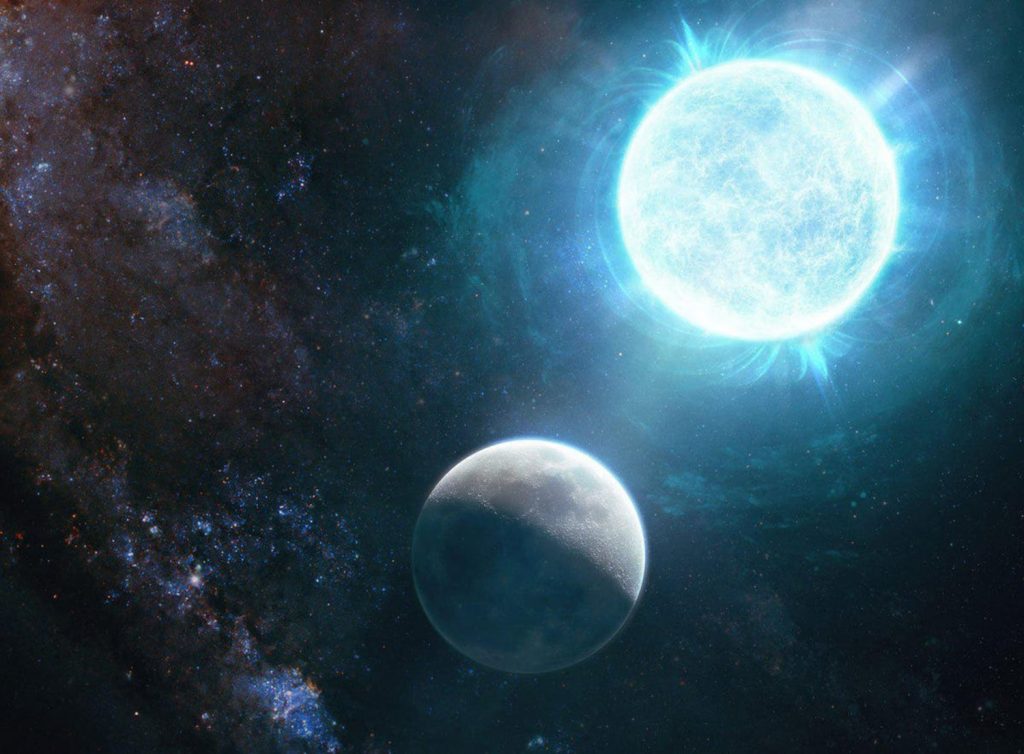Massive white dwarfs (0.8-1.3 M⊙) provide a unique way to constrain planetary occurrence around intermediate mass main sequence stars (4-8 M⊙) that are otherwise difficult to measure with radial-velocity or transit surveys. We have been working with spectra from an ongoing HST Snapshot program (SNAP) for more than 260 white dwarfs, where roughly 40% across the entire sample show metal pollution, consistent with the original results published in Koester et al. 2014. However, the updated sample includes many more massive white dwarfs, and we continue to see a dearth of massive white dwarfs that are metal polluted compared to canonical-mass white dwarfs. In order to address whether more massive white dwarfs show less metal pollution because of a paucity of planetary systems around B-type main-sequence stars, or if there is significant merger contamination, we explore the use of kinematics. The hot, massive white dwarfs in our sample are expected to be young and thus have slow kinematics, so we attempt to quantify merger byproducts by identifying kinematics outliers.
Recently, I have also been involved in spectrum reduction to assess the distribution of spectral types on the Q-branch. In particular, what the non-DA fraction would be.
